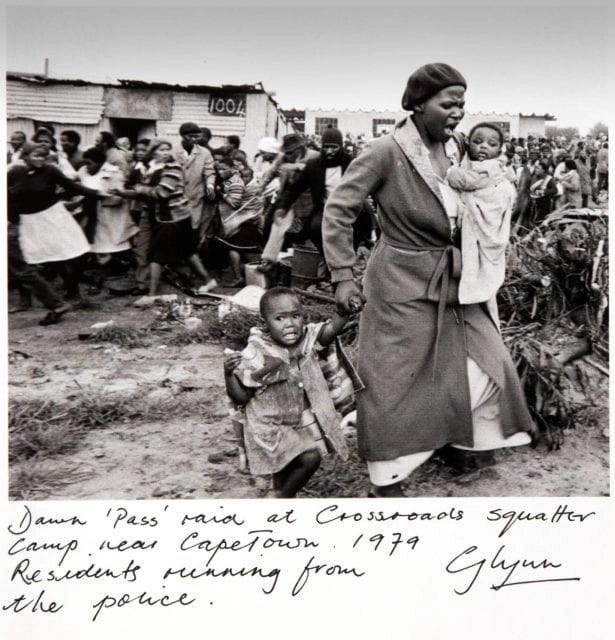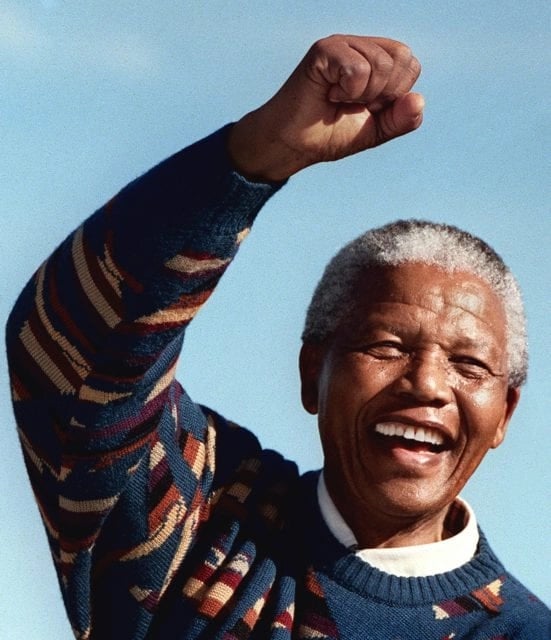Glynn Griffiths was born on 20th March 1950 and grew up in the tough diamond mining town of Jagersfontein in the Free State in South Africa,though he was a British citizen by birth through his parents and grandparents. (His paternal grandfather travelled from the South Wales valleys to fight in the Boer War.) Glynn Griffiths was a photographer, cartoonist, artist, designer, sculptor, polymath.
As a boy, he enjoyed exploring the dusty landscape, often finding remnants of early man such as one of his most treasured possessions, a flint cutting stone from the Neolithic period. This relationship with nature greatly influenced his later life.
He was conscripted into the South African navy, where he excelled at Morse code in the signals section. After his service ended, he joined the liberal-leaning Cape Times as a news photographer and covered the brutal crackdown by the apartheid government on the black and Cape Coloured population, spending much time in the Crossroads squatter camps where he made one of his iconic images of a dawn raid by the police.

In the mid-1980s, Griffiths and his wife, Annie, sailed to England, bought a VW camper van and camped on the South Bank in London, where Griffiths started working as a news photographer for the London Evening Standard. There, he nearly started a strike by walking across the “us and them” union demarcation line in the darkroom, having no knowledge of the strength of union control in the British press at that time.
Within a few months, an editor suggested that Griffiths’s intelligent, slightly left-field style might find a better home in a newly launched newspaper, The Independent. His gentle but keen eye producing many memorable images. He also often served as a picture editor at i.
Griffiths travelled the world on photographic assignments for The Independent, covering the San Francisco earthquake of 1989, photographing the monks of Mount Athos and returning to Africa to cover the political process in Namibia. He also photographed Nelson Mandela, fist raised in yet another iconic image of the time during the first multi-race elections at the Township Stadium in Cape Town in 1994.
Following the Kings Cross fire tragedy in 1987 where over 30 people died, Glynn made one his most definitive images of Kwasi Afari Minta, who was severely burnt but survived. The picture won Glynn a first prize in the prestigious World Press Photo Awards.
During the late 1990s, Griffiths took up cartooning and art, and was a regular visitor to the major London art galleries and museums. He gradually moved into night picture editing for The Independent and then i, which allowed him to produce his art during the day. In 2009, he completed an MA in sculpture at Wimbledon College of Art and won the prestigious Clifford Chance Award, exhibiting his work in the firm’s Canary Wharf offices.
